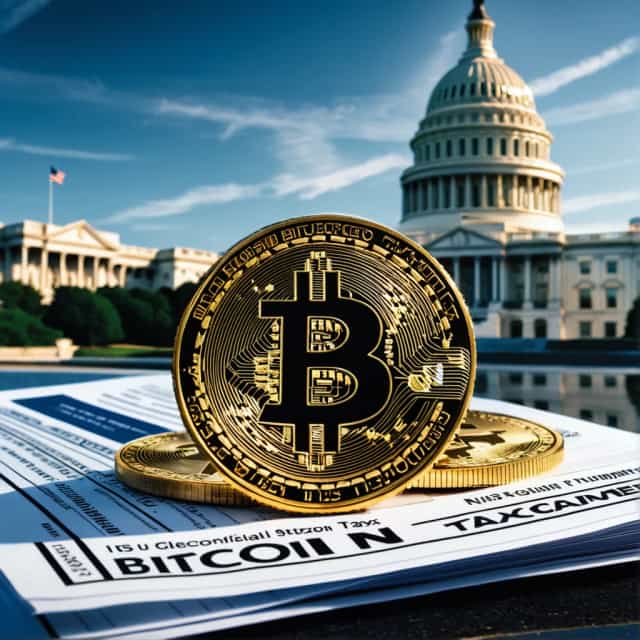
출처: Block Media
SafePal CEO Outlines Vision and Innovations at TOKEN2049, Singapore
Veronica Wong, CEO and co-founder of SafePal (SFP), took center stage during the TOKEN2049 conference in Singapore on October 2nd, where she was interviewed by Block Media. The session provided deep insights into SafePal’s strategic approach, groundbreaking security innovations, and the company’s roadmap for the future. Wong discussed topics such as the hardware-software wallet ecosystem, their unique security philosophy, advancements in key management technologies, and pioneering features like air-gapped signing via QR codes. She also shared SafePal’s plans to evolve beyond a traditional wallet platform and offered a message to their growing user base in South Korea.
Veronica Wong’s Journey: From Tech Professional to SafePal CEO
Veronica Wong’s entry into the cryptocurrency world began in 2017 when she bought her first Bitcoin (BTC). Fascinated by Bitcoin’s whitepaper and its revolutionary potential, Wong leveraged her prior experience as a product manager and security expert in the tech sector to co-found SafePal in 2018.
Starting with a prototype hardware wallet featuring a unique QR code-based design, SafePal quickly gained traction after receiving backing from Binance that same year. Over the ensuing years, the company expanded its product suite from hardware wallets to mobile and browser-based solutions, creating a versatile platform for crypto users worldwide.
Merging Security and Usability: The SafePal All-in-One Wallet Ecosystem
Wong emphasized how SafePal’s integrated hardware-software ecosystem sets it apart. Described as a “Web3 super app,” SafePal combines the robust security of a hardware wallet with the flexibility and cross-chain capabilities of a mobile wallet.
“Users no longer have to worry about which chain they’re operating on,” she explained. “They simply focus on their assets and objectives, whether that’s trading, staking, or other activities.”
Highlighting the platform’s user-friendly design, Wong introduced the “Gas Station” feature, which allows seamless conversion of tokens into the required gas for cross-chain transactions. This eliminates the traditionally cumbersome process of acquiring gas tokens via exchanges, offering a hassle-free experience for users—even during blockchain highlights such as the “DeFi Summer” of 2020.
SafePal’s Comprehensive Approach to Security
Security stands at the heart of SafePal’s mission. Wong detailed the company’s three-pillar security framework:
- Product Security: SafePal develops all software in-house rather than relying on external open-source code, mitigating potential vulnerabilities in the supply chain.
- System Security: A multilayered access management model is employed to eliminate single points of failure and safeguard internal systems.
- User Behavioral Security: Built-in educational features, such as seed phrase management tools, guide users to avoid common errors when managing private keys.
“The multidimensional nature of security can’t be overstated,” Wong noted, referencing a notorious hacking incident involving a developer whose compromised open-source code SafePal avoided using.
Scaling Through Strategic Partnerships
To expand its reach, SafePal has forged notable partnerships within the fragmented Web3 ecosystem. Binance, an early supporter of SafePal, continues to play a key role, with integrated trading features directly accessible within the SafePal app. Additionally, collaborations with partners like Circle have led to co-branded wallet initiatives aimed at promoting security awareness.
“Our thriving global community is a critical factor in these partnerships,” Wong said. SafePal runs interactive campaigns, where users participate in activities like games or collecting NFTs sponsored by partners. These campaigns encourage deeper user engagement while promoting partner products.
Pioneering Key Management: Social Recovery, MPC, and Beyond
Emerging trends like multiparty computation (MPC) and social recovery in key management were also explored. While Wong acknowledged their potential, she highlighted their limitations, especially for multichain wallets like SafePal.
“Many of these advancements, including account abstraction (AA), are built for EVM chains. This restricts their applicability across other blockchain ecosystems,” she explained.
Instead, Wong underscored the promise of innovations like EIP-7702, a new Ethereum standard enabling traditional externally owned accounts (EOAs) to seamlessly upgrade into smart contract wallets. This approach enhances functionality with features like gas fee support and batch transactions without requiring dramatic system overhauls.
“My vision is a truly ‘keyless’ user experience where cryptographic keys are no longer a user’s responsibility,” Wong added.
QR Code Air-Gapped Signing: A Revolution in Hardware Wallet Security
SafePal’s QR code-powered air-gapped signing system distinguishes it from traditional USB-connected hardware wallets, elevating security while simplifying the user experience.
“Our system ensures the wallet is entirely isolated from internet, USB, or Bluetooth connections,” she explained, significantly reducing potential attack vectors.
During a transaction, the SafePal app generates a QR code representing unsigned data. The hardware wallet scans this code offline, approving the transaction and generating a signed QR code. This signed data is scanned back into the mobile app, ensuring the private key remains securely stored within the hardware device.
This methodology, in use for six years, combines security with user convenience and is available as open-source code for community trust-building.
Beyond Wallets: SafePal’s Vision for a Super Financial App
Wong envisions a future where wallets serve as gateways to Web3 and tools bridging fiat currencies with digital assets. SafePal’s evolution into a “super financial app” is a key objective in its roadmap.
“For example, our users can already open Swiss bank accounts through the app and spend their digital assets using a virtual Mastercard,” she revealed. “The future will see deeper integration with emerging Web3 protocols, offering users a unified platform to manage both fiat and crypto seamlessly.”
SafePal’s future developments aim to simplify crypto adoption while further strengthening its position as a leading platform for Web3 enthusiasts.
Reaching the South Korean Market
In her closing remarks, Wong extended an invitation to South Korean crypto users, highlighting SafePal’s unblemished track record over eight years and its strategic collaborations with industry giants like Binance and Animoca Brands.
“SafePal provides all the tools you need to navigate the DeFi ecosystem, all in one place,” she stated. “I encourage you to join our thriving community on X (formerly Twitter), where we now have over 700,000 followers. Let’s forge the path to decentralized finance together.”
By embracing innovative security features, fostering community-driven partnerships, and pushing the boundaries of what a crypto wallet can offer, SafePal is positioning itself as a leader in the evolving Web3 landscape.










